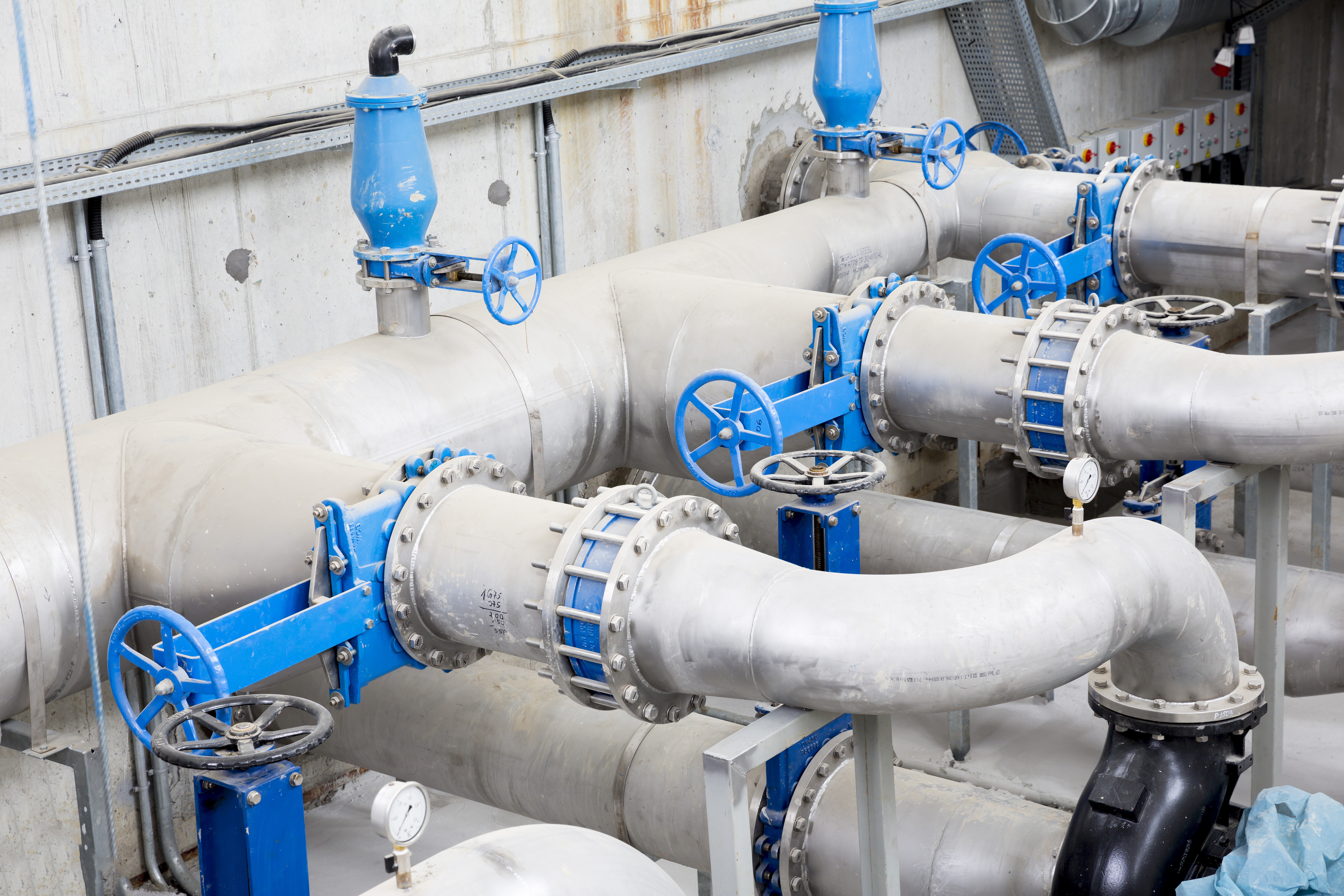In the realm of wastewater management, lift stations play a pivotal role in ensuring the efficient and reliable transportation of sewage from lower to higher elevations. The design of these stations is a critical aspect that directly influences their performance, reliability, and overall effectiveness. For municipalities and wastewater management entities seeking cutting-edge solutions, understanding these principles is crucial for the successful implementation of SCADA (Supervisory Control and Data Acquisition) systems. Mission Communications, a leader in telemetry-connected remote monitoring, offers innovative solutions that enhance lift station performance.
Hydraulic Design: Ensuring Efficient Fluid Transport
At the heart of any lift station design lies the hydraulic system, responsible for transporting wastewater against gravity. The efficiency of this system directly impacts the station’s overall performance. Consider the following aspects:
- Pump Selection: Carefully choose pumps that are well-suited for the station’s specific requirements. Factors such as flow rate, head, and efficiency should be meticulously considered to ensure optimal performance.
- Pipeline Design: Properly size and design pipelines to minimize friction losses. Consider the type of materials used, the number of bends, and the overall layout to enhance fluid transport efficiency.
- Control Valve Selection: Employ control valves that allow for precise regulation of flow and pressure. This not only optimizes energy consumption but also ensures the longevity of the entire system.
- Variable Frequency Drives (VFDs): Implement VFDs to control the speed of pumps based on demand. This not only saves energy but also extends the lifespan of the equipment by reducing wear and tear during low-flow periods.
- Backup Power Systems: Ensure the lift station has a reliable backup power system to prevent disruptions during power outages. This may include generators, uninterruptible power supply (UPS) systems, or other backup solutions.
- Energy Recovery Systems: Explore the possibility of incorporating energy recovery systems, such as hydropower turbines, to harness the energy generated during fluid transport. This can contribute to the overall sustainability of the lift station.
- Sensor Placement: Strategically place sensors throughout the lift station to capture essential data on variables like flow rates, pump status, and energy consumption.
- Data Analysis: Utilize advanced data analysis tools to interpret the collected data and make informed decisions. This can help identify trends, predict potential issues, and optimize overall performance.
- Remote Access: Mission Communications’ RTUs allow for remote access and control, enabling operators to manage the lift station from anywhere, at any time. This ensures continuous monitoring and quick response to any issues that may arise.
Electrical Considerations: Maximizing Energy Efficiency
Efficient lift station design extends beyond hydraulics to encompass electrical considerations. An energy-efficient design not only reduces operational costs but also aligns with sustainable practices:
SCADA Integration: Enhancing Monitoring and Control with Mission Communications
In the modern era of wastewater management, the integration of SCADA systems has become instrumental in optimizing lift station performance. Mission Communications provides advanced telemetry-connected RTUs (Remote Terminal Units) that offer real-time monitoring, control, and data acquisition, allowing for proactive management. Key considerations include:
By focusing on these key factors and integrating Mission Communications’ innovative solutions, municipalities and wastewater management entities can design lift stations that are efficient, reliable, and capable of meeting the demands of modern wastewater management.